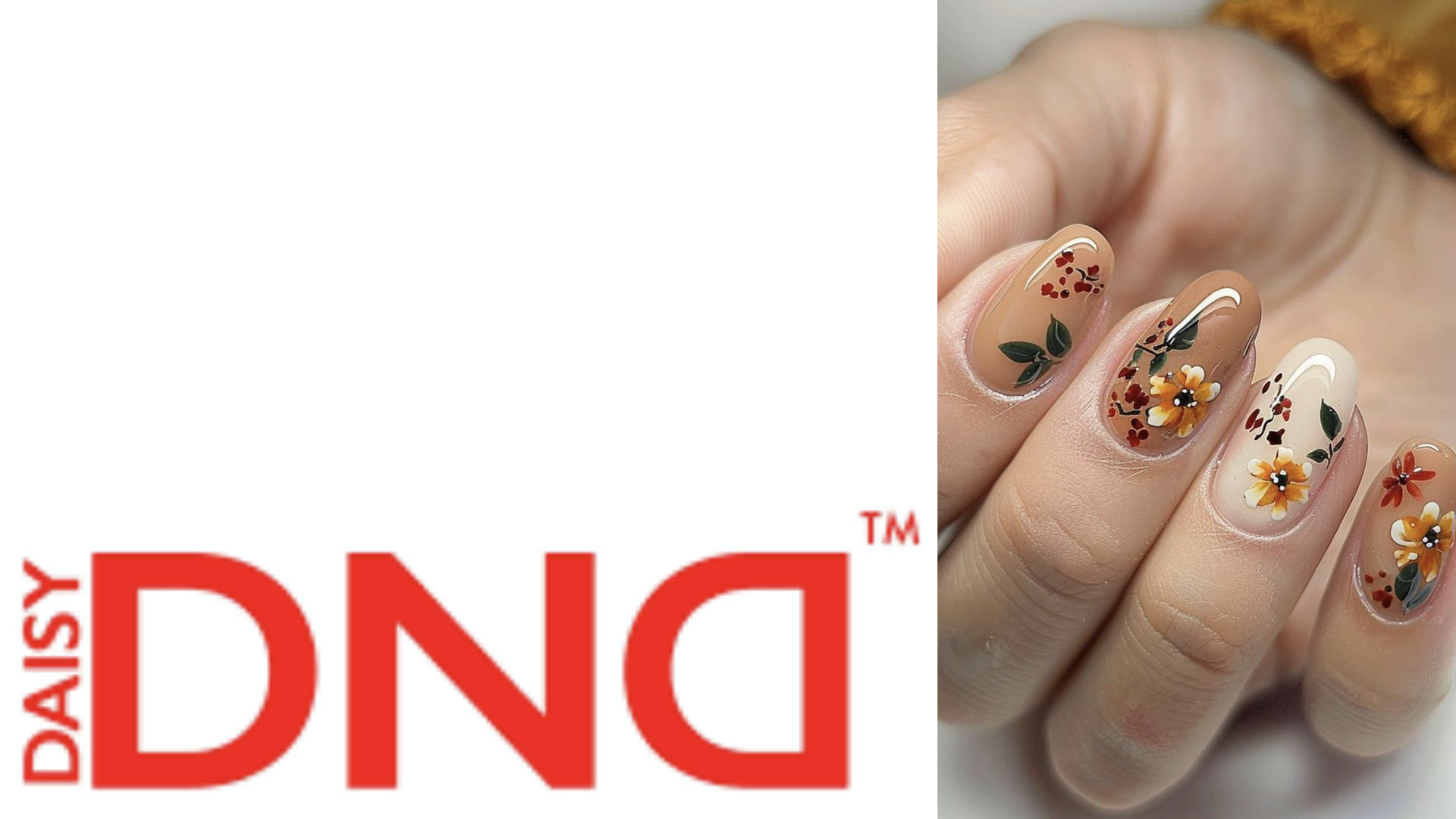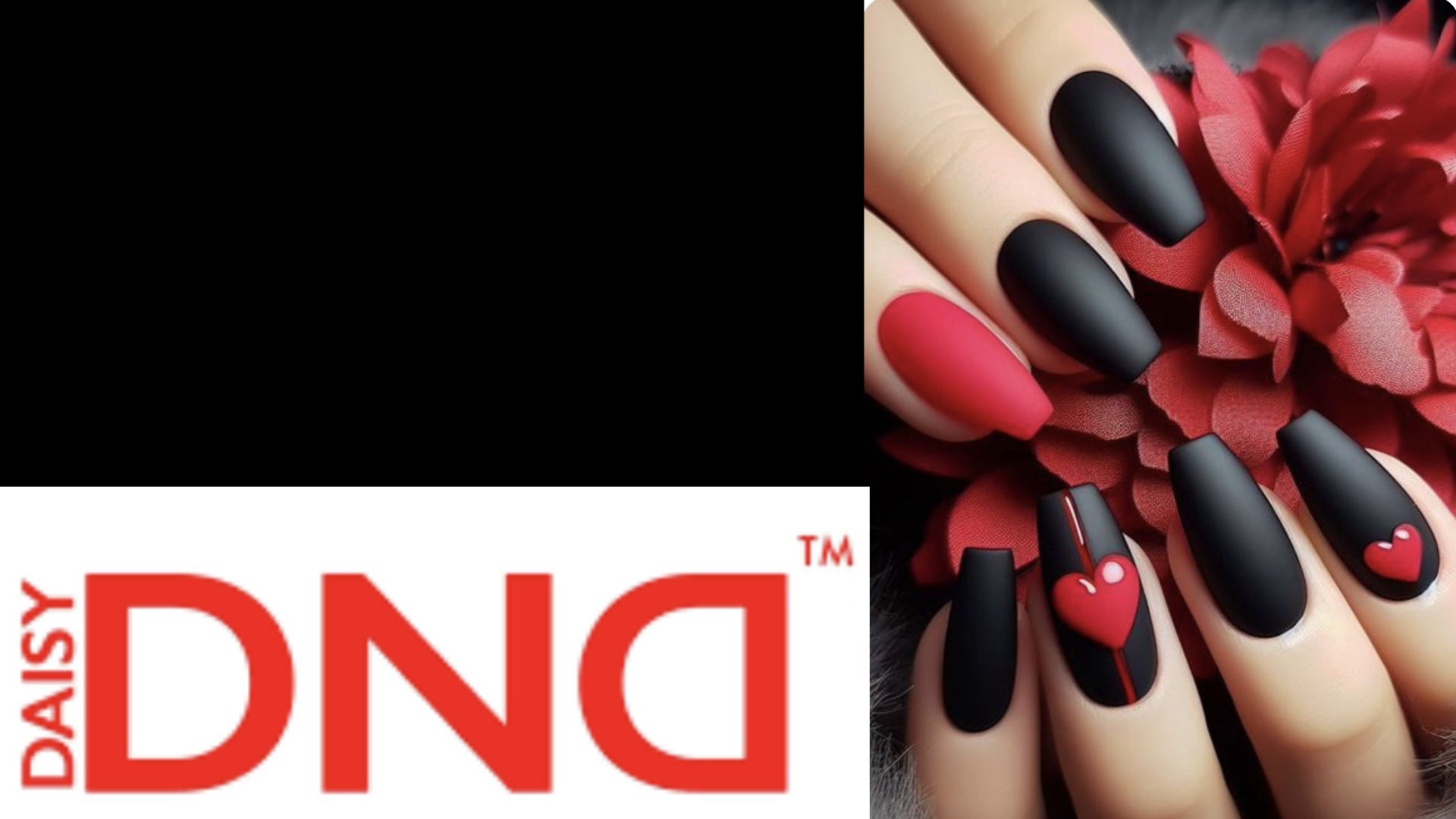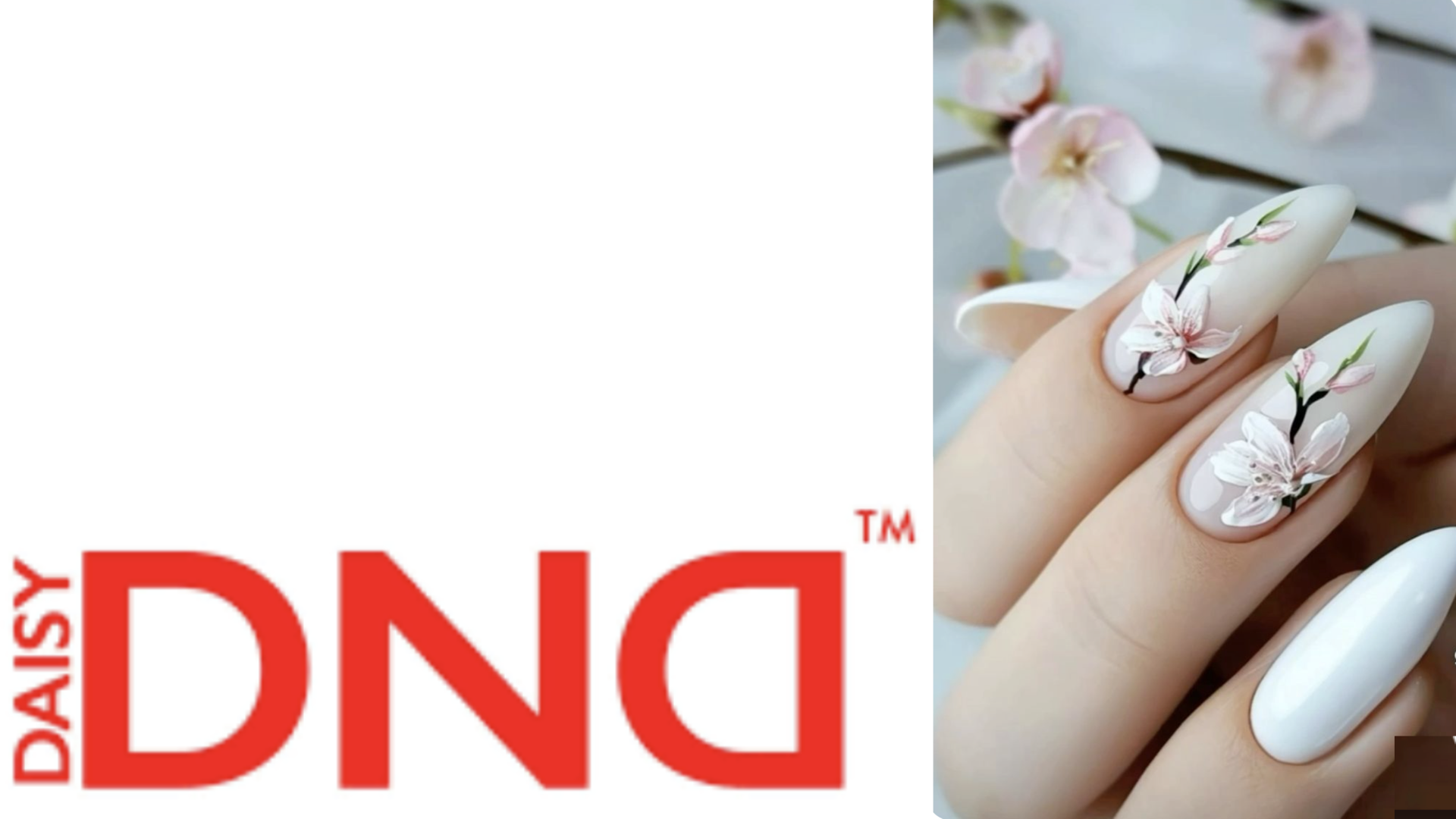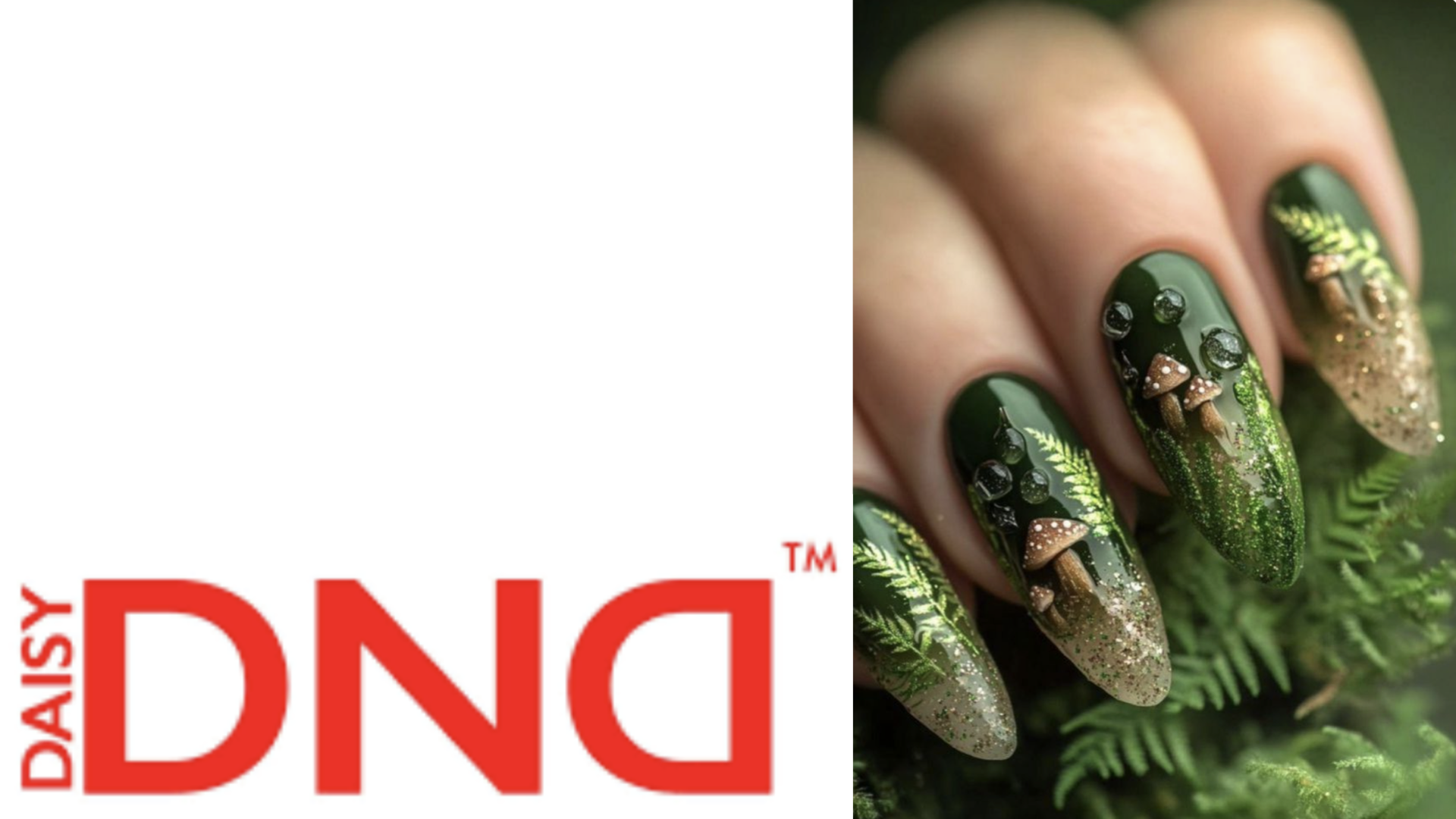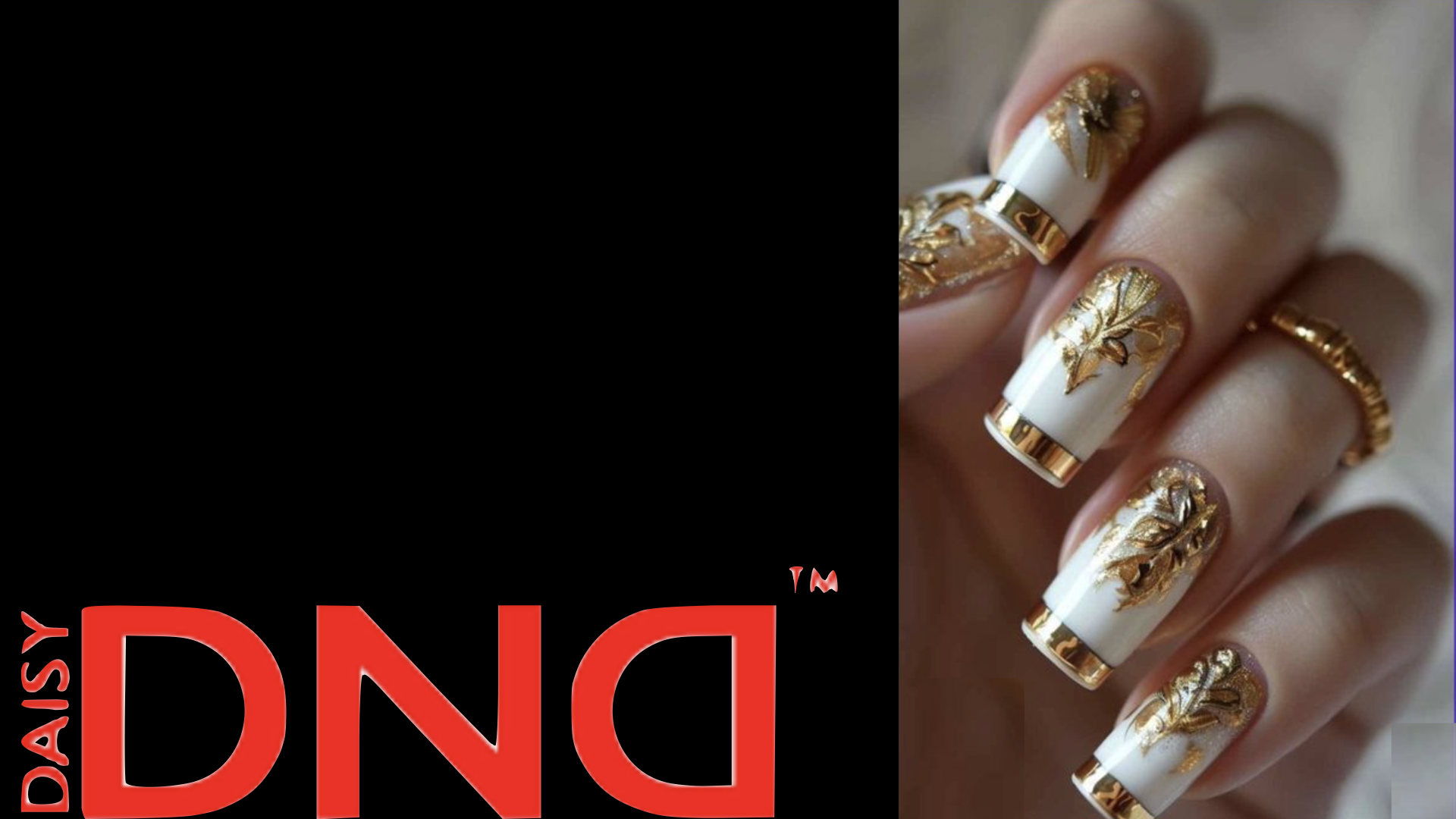WMS (Warehouse Management System):
•Focuses on managing and optimizing warehouse operations.
•Tracks inventory, manages storage locations, and controls the movement of goods within the warehouse.
Features include:
Inventory tracking: Real-time visibility of inventory levels and locations.
- Order fulfillment: Efficiently processing and fulfilling customer orders.
- Put-away and picking: Optimizing the storage and retrieval of goods.
- Cycle counting: Regularly verifying inventory accuracy.
- Receiving & Shipping: Managing the flow of goods into and out of the warehouse.
ERP (Enterprise Resource Planning):
•Provides a comprehensive solution for managing finance, human resources, production, and sales.
- Integrates data from different departments to create a single, unified view of the business.
Features include:
- Financial management: Accounting, budgeting, and reporting.
- Human Resource management: Payroll, benefits, and employee records.
- Production planning: Scheduling, resource allocation, and quality control.
- Customer Relationship Management (CRM): Sales, marketing, and customer service.
- Supply chain management: Procurement, logistics, and inventory.
How WMS and ERP Work Together:
• WMS provides real-time data on inventory levels & locations to ERP, enabling accurate demand forecasting and production planning.
• ERP can generate purchase orders based on inventory needs, which can then be managed by WMS.
• WMS can optimize the picking and packing process based on customer orders generated by ERP.
• WMS can track the shipment of goods and provide updates to ERP, ensuring accurate order fulfillment.
By working together, WMS and ERPcan help businesses improve efficiency, reduce costs, and enhance customer satisfaction.







